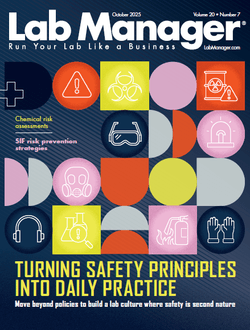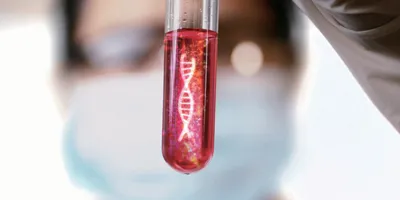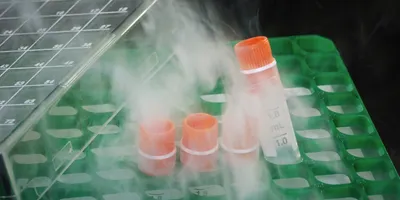Currently, the most common disinfection process in water and wastewater treatment plants currently uses chlorine gas. A process of ultraviolet (UV) disinfection is being increasingly used in many European countries but in many circumstances, ozonation is preferred. Ozonation is an ozone (O3) based disinfection process used to inactivate pathogens and oxidize organic compounds in drinking water from both municipal drinking water supplies and bottled waters. Ozonation not only kills bacteria and viruses, it also improves the taste while removing odorous compounds at the trace level.

A problem with ozone is it reacts with bromide (Br-, a common anion found in most water sources) to form bromate (BrO3-). Bromate is a “possible human carcinogen” according to the World Health Organization (WHO) and termed a disinfection by-product (DBP). Researchers believe bromate is estimated to cause an excess life time cancer risk of 1:104 at 5µg/L. The current regulatory limit for bromate in water however is 10 µg/L; the reason for this high concentration is based on the current analytical capabilities. The limit used to be 25 µg/L, but analytical improvements have enabled it to be monitored at its current lower level. The U.S. Environmental Protection Agency has set a maximum contaminant level goal of zero. Hence, there is a need for more simple, yet advanced technologies in order to enable quick and reliable determinations at the sub µg/L levels.

850 Professional IC & 858 Sample Processor









